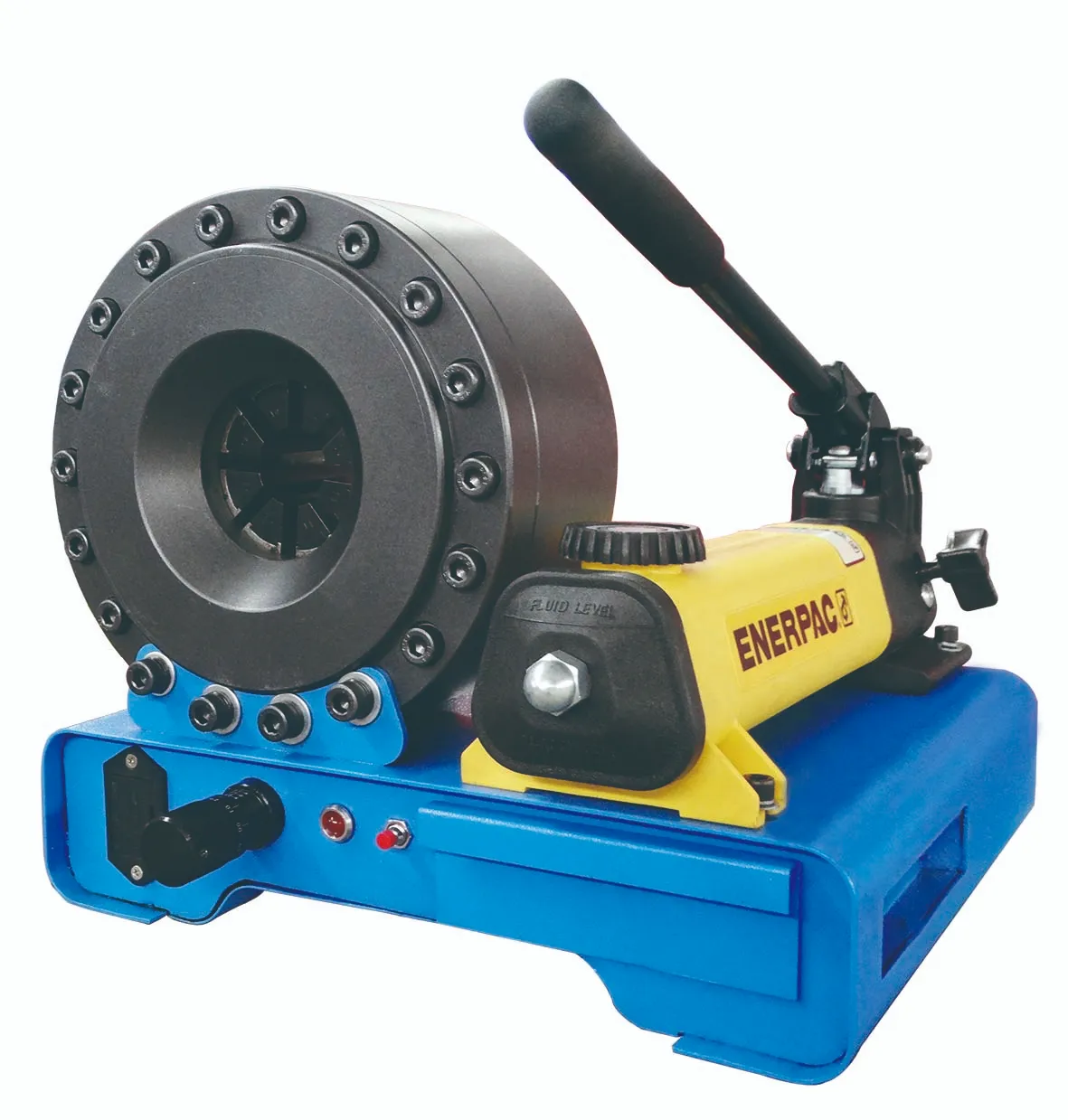335345435
Nov . 09, 2024 17:48 Back to list
Durable Rubber Tubing for High-Pressure Applications and Industrial Uses
High Pressure Rubber Tubing A Comprehensive Overview
High pressure rubber tubing is an essential component in various industries, providing flexibility, durability, and resilience in fluid transportation applications. Whether in automotive, hydraulic systems, or aerospace, these hoses play a crucial role in ensuring efficient and safe operations. This article delves into the characteristics, applications, manufacturing processes, and maintenance of high pressure rubber tubing.
Characteristics of High Pressure Rubber Tubing
High pressure rubber tubing is designed to withstand extreme pressures and temperatures, often ranging from a few hundred psi (pounds per square inch) to several thousand psi. The materials used to manufacture these tubes are specifically selected for their high tensile strength and resistance to wear and aging. Common materials include natural rubber, silicone, nitrile, and neoprene. These elastomers provide excellent flexibility and can maintain their structural integrity under varying conditions.
The wall thickness of high pressure rubber tubing is an important parameter, as it directly influences the tube's ability to withstand pressure. Generally, thicker walls are employed to enhance strength and durability. Additionally, many manufacturers incorporate reinforcing fibers, such as polyester or steel wire, into the tubing to provide extra support and prevent expansion or bursting under pressure.
Applications of High Pressure Rubber Tubing
The versatility of high pressure rubber tubing allows it to be employed in a variety of applications across multiple industries. In automotive systems, these tubes are used for fuel delivery, brake fluid, and hydraulic systems. The ability to handle high pressures makes them suitable for both standard vehicles and high-performance sports cars.
In industrial settings, high pressure rubber tubing is vital in hydraulic applications, where they are utilized in machinery and equipment to transmit fluid power. These tubes are built to endure harsh conditions, including exposure to oils, chemicals, and extreme temperatures, ensuring long-lasting performance in demanding environments.
The aerospace industry also benefits from high pressure rubber tubing, as it is used in systems that require reliable fluid transport under high pressure, such as fuel lines and hydraulic control systems. The lightweight nature of rubber tubing compared to metal alternatives provides a significant advantage in reducing overall aircraft weight, contributing to fuel efficiency.
high pressure rubber tubing

Manufacturing Processes
The production of high pressure rubber tubing involves a series of steps that ensure high-quality and performance-oriented products. The process typically begins with the selection of the rubber compounds, which are mixed with additives to enhance their properties. This mixture is then extruded into the desired shape and size.
After extrusion, the tubing undergoes a curative process known as vulcanization, where heat and pressure are applied to form cross-links between the rubber molecules. This chemical reaction significantly improves the strength, elasticity, and temperature resistance of the tubing. Post-curing, the hoses are often tested for pressure tolerance to ensure they meet industry standards.
Quality control is paramount, with rigorous testing procedures in place. Tests typically include checks for tensile strength, elongation, and resistance to high temperatures and abrasive conditions. This diligence ensures that the final products are up to the standards expected in high-pressure applications.
Maintenance and Care
To maximize the lifespan and performance of high pressure rubber tubing, proper maintenance is essential. Regular inspections for signs of wear, such as cracks, bulges, or abrasions, should be conducted. Such inspections can help identify potential issues before they lead to failures, which can have catastrophic consequences in high-pressure environments.
Moreover, users should ensure that the tubing is not exposed to substances it cannot withstand. For instance, compatibility with oils and chemicals must be verified, as certain substances can degrade the rubber material over time. Proper storage, away from direct sunlight and extreme temperatures, can also extend the life of rubber tubing.
Conclusion
High pressure rubber tubing is a vital component in various industries, providing essential functionality in fluid transport under extreme conditions. Understanding its characteristics, applications, manufacturing processes, and maintenance is key to ensuring reliability and efficiency in systems that depend on these versatile hoses. As technology advances, the improvements in rubber materials and manufacturing techniques will likely lead to even greater applications and performance capabilities in the future.
-
SAE 100 R17 Black Smooth Cover Hydraulic Hose
NewsMar.07,2025
-
SAE 100 R17 Black Smooth Cover Hydraulic Hose
NewsMar.07,2025
-
SAE 100 R17 Black Smooth Cover Hydraulic Hose
NewsMar.07,2025
-
SAE 100 R17 Black Smooth Cover Hydraulic Hose
NewsMar.07,2025
-
SAE 100 R17 Black Smooth Cover Hydraulic Hose
NewsMar.07,2025
-
steel wire braided hydraulic hose
NewsMar.07,2025



